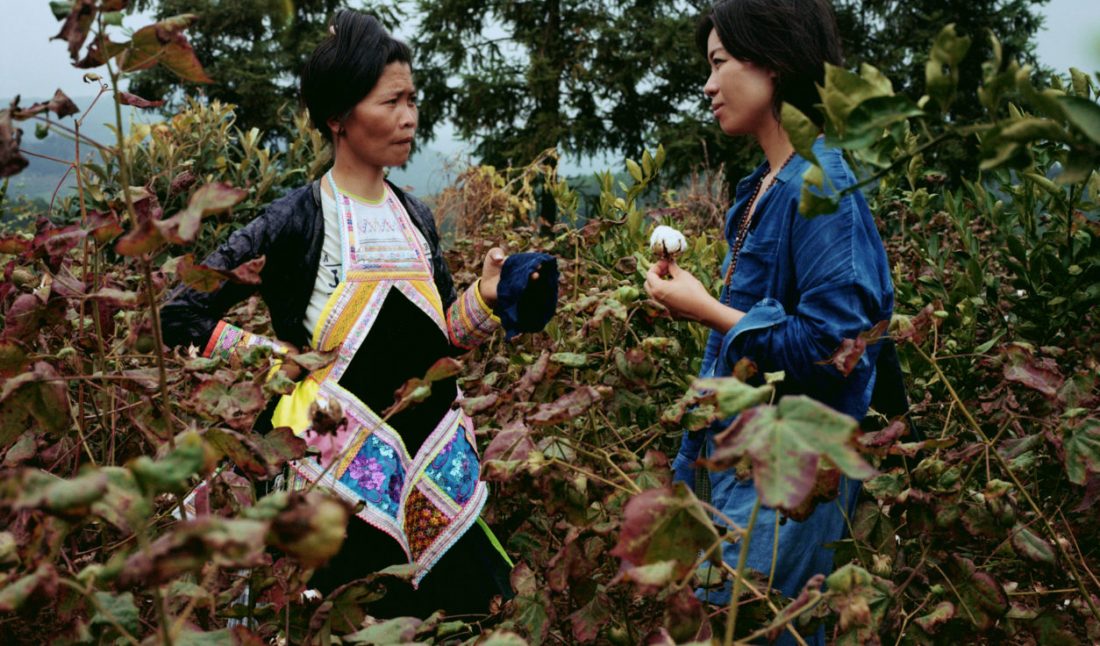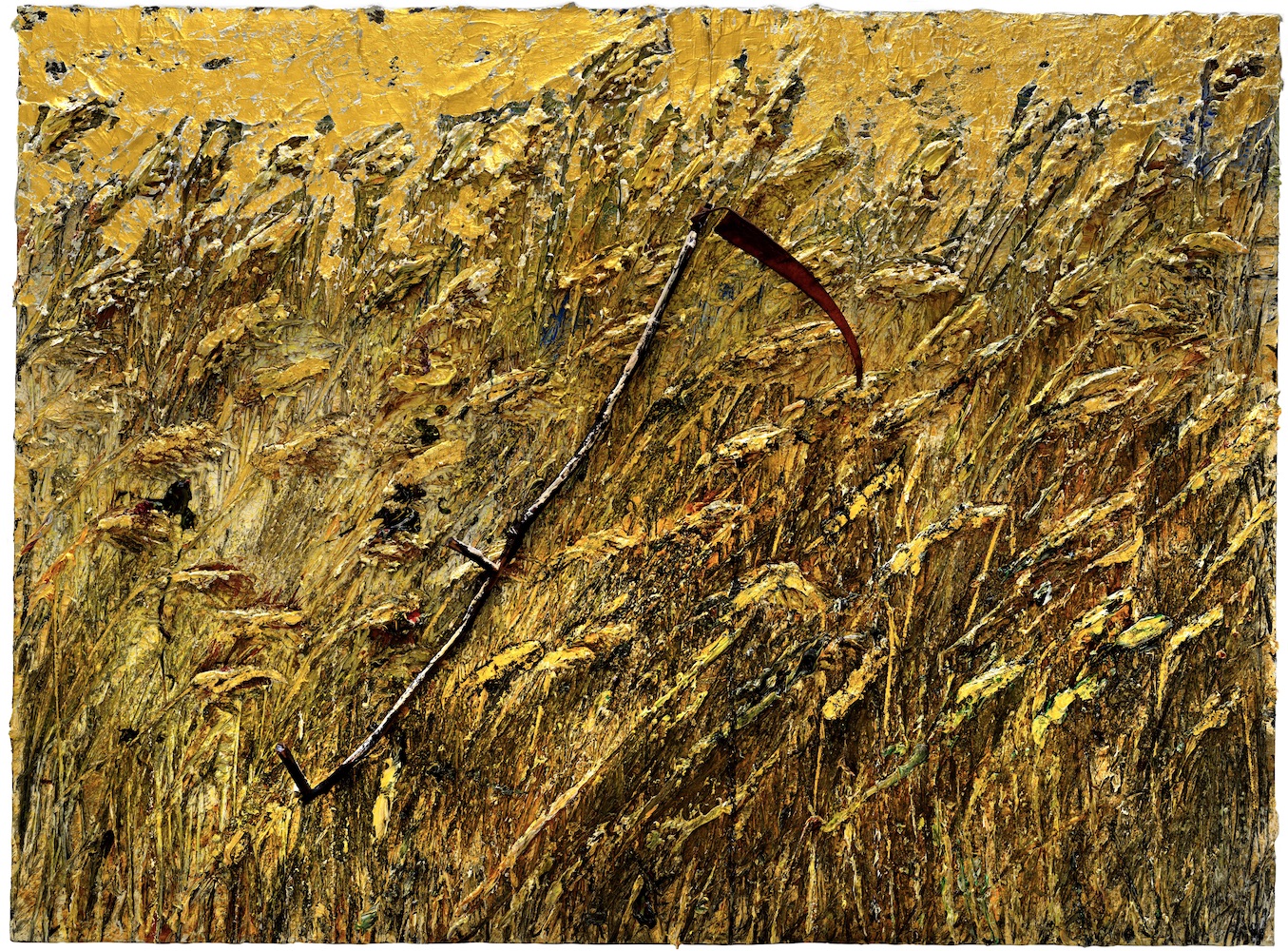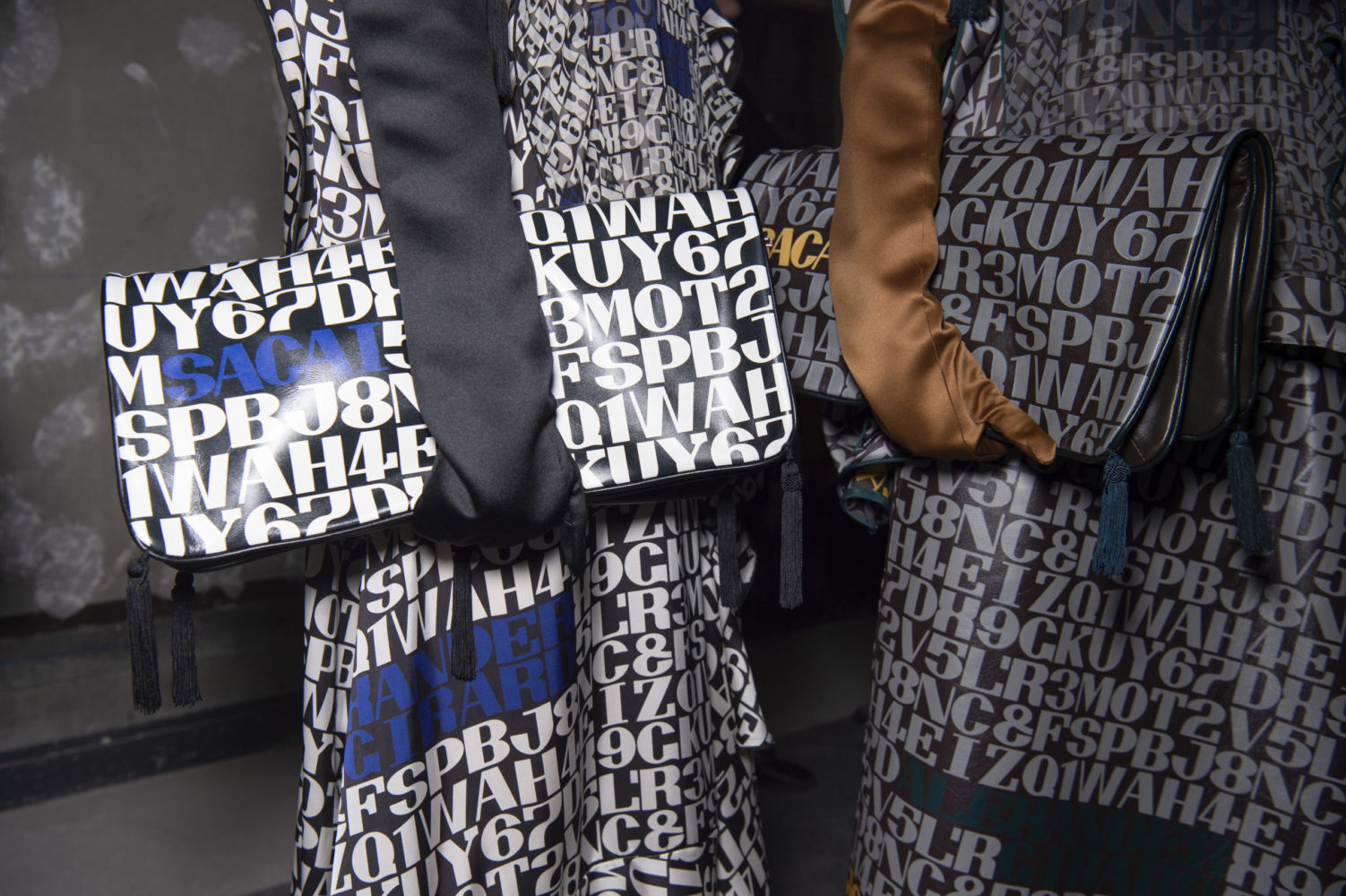After years in the fashion industry, working at Donna Karan and Chloé, launching her eponymous label and utilizing smart textiles and technologies, Angel Chang made a major shift. The designer took the lessons learned after the 2008 recession and connected with her ancestral roots in the rural communities of Guizhou province. As she tells it, Chang was first interested in helping preserve and maintain traditional craft, as well as employ local women. What she learned in turn was the potential for ancient wisdom of using just sun, plants, and mountain water to create beautiful, long-lasting garments, as a model for the future of fashion.
Chang created a zero carbon womenswear line that is now handmade by indigenous communities in the mountains and forests of rural China. Following the cycle of nature, she connects her customers with nature via a collection made without electricity, chemicals, fossil fuels, or machines of any kind. With supple fabrics that gently fall off the body, Chang’s clothes are not just an environmental statement but also a political one. Whitewall spoke with the designer about not losing sight of the emotional power of clothes.
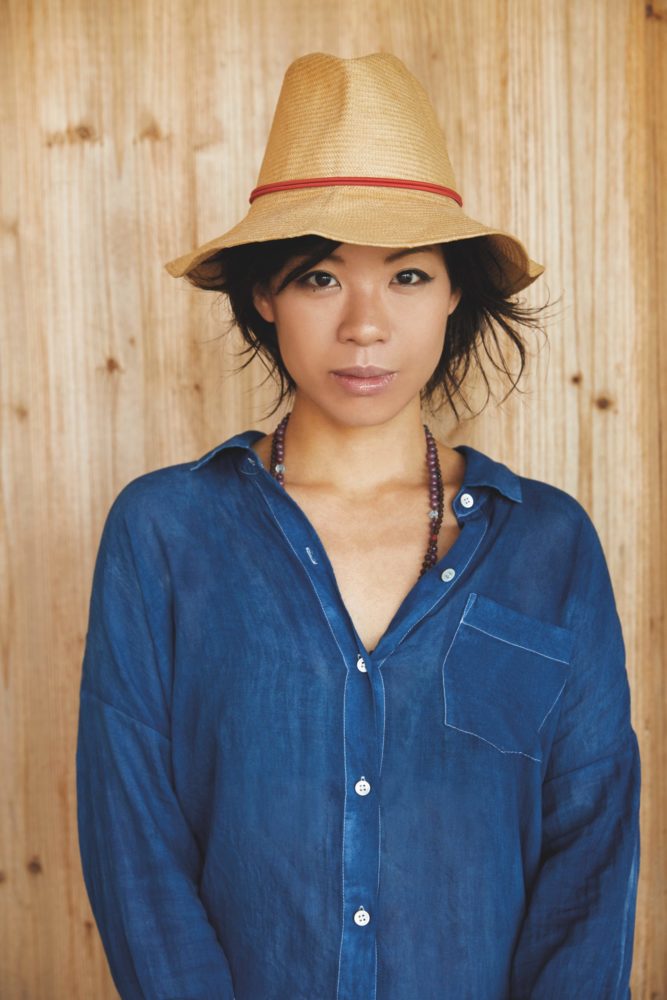 Portrait of Angel Chang by Albert Zanetti.
Portrait of Angel Chang by Albert Zanetti.
WHITEWALL: We talk a lot about sustainability fashion and luxury. Your first eponymous collection in 2006 to 2008 used smart textiles and new technologies, while your current collection has gone back to look at ancient techniques. How did that switch happen for you?
ANGEL CHANG: When I first started my collection, it was focused on how can we dress for the future, looking at smart fabrics, innovative textiles. But what I realized is that everything needs a battery power source, or it was not washable, or these engineers had this fiction of what the future would be, but it wasn’t reality. They were missing the human, emotional side of things, which is why women buy clothes.
I decided to go back into history to find the answer. I wanted beautiful clothes and to keep traditional techniques from disappearing, giving the local ethnic minorities in the poorest provinces in China jobs. But over that time, I learned indigenous knowledge, observed their sustainable lifestyle. The more I was in the villages, the more I realized that’s the future for us. It was a huge discovery. I realized they have something really important to teach us to live more sustainably and in line with nature.
WW: How does the way these garments are made, following the cycle of nature, using just sun, plants, and mountain water, impact your design?
AC: Before we were living with nature, we were a part of nature. Today, nature is like a prop that we use to service our needs. And that’s how we are now with climate change. So when it came to my collection, it was again this mindset. I had to go there and realize what could be created from the ground, whatever was available in season, and then design the collection based off of that. So it was a total reversal of how things are normally created in our manmade world.
Everything was turned upside down. I wanted something really simple, but I wanted it to be something you could wear all the time. For my collection now, I made the silhouettes have a bit more volume, because when you have something hand-sewn, the seaming is a bit more fragile and delicate. And the fabric doesn’t stretch—fabric doesn’t stretch in nature.
And the other element of it was influenced by protests. When I started designing them, I was listening to a lot of Bob Dylan and Joan Baez, and the folk protest music ft in line with the values of the clothing. You’re taking something from nature, really authentic; you’re getting the truth and letting it out into the public. In the clothes you can go to work but you’re anti-establishment at the same time. You follow your own rules. There is an element that is counterculture.
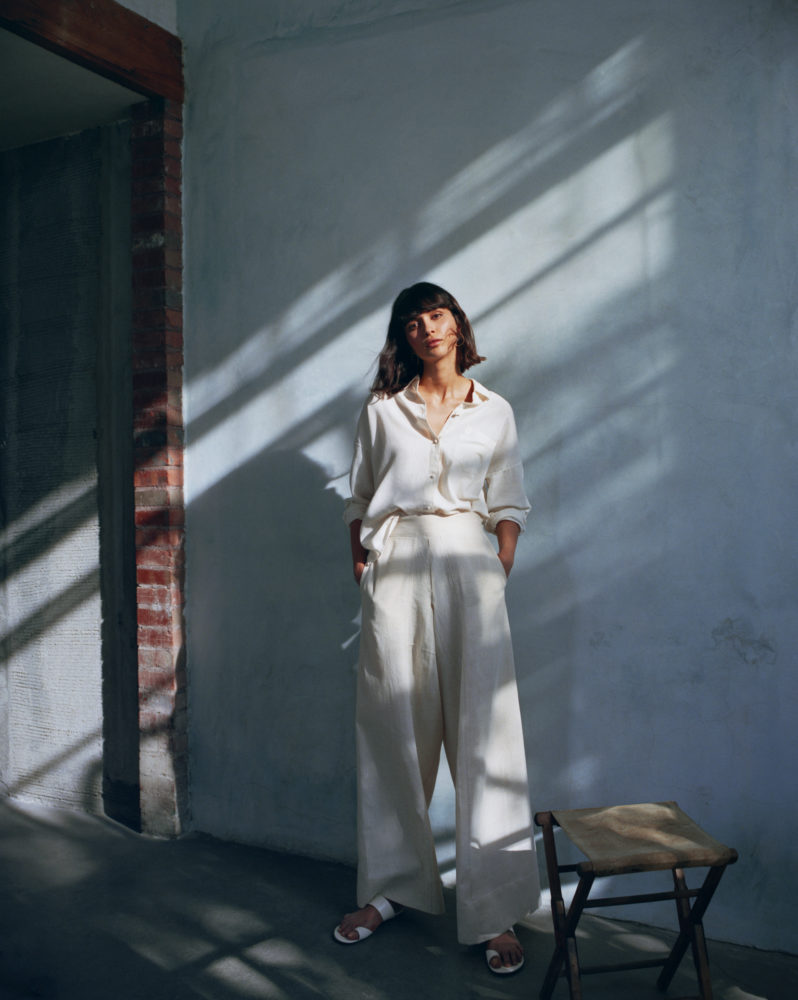 Photo by Boe Marion, courtesy of Angel Chang.
Photo by Boe Marion, courtesy of Angel Chang.
WW: You’ve said that part of your disillusionment with high-tech engineering in fashion was also gender. Did you find a more feminine connection in the making of this collection?
AC: All the people on our team in China are women—everyone from the farmers who grow the cotton, the weavers, dyers, sewers, production managers, pattern makers are women. It really resonates with women. Not only do they have the skill, but they have the heart that goes into it. The human element is really there.
WW: The 2008 recession impacted your mission as a designer. How have the past few months impacted your current “Why”?
AC: Yes, I feel like its Groundhog day. During the recession, I wasn’t prepared. The recession dragged on so long, and it was so traumatic. I had to put a hold on my business and I didn’t know how to cope then. I didn’t have the tools or a spiritual foundation. It was like my whole sense of purpose disappeared and was shaken apart. I had no direction. I also didn’t have the money. Even my advisors’ businesses were closing.
Now with COVID-19, the same thing is happening but it’s 10 years later. My view of it has totally changed. Now I can see this is opening up new opportunities and getting rid of previous ways of working that need to be destroyed. You can’t create something until something is destroyed. All these industries are collapsing but all these new opportunities are opening up. I am seeing nature’s laws before my eyes. It is inspiring.
From COVID-19 I realized [sustainability] is even more important, because our human species is at stake. If we don’t learn how to adopt these ways of living with nature, then the planet will drive us to extinction.
It’s no longer about the Chinese villages, it’s no longer about Americans, it’s about everyone in the world. What kind of future do we want to live in? The way I develop this collection is the way I can show people you can live a future that has very little negative impact on the environment. It has to be designed and approached in this way, and it can be even more beautiful. We need to revive indigenous knowledge.
We can’t look at indigenous people as separate from us because we are all from somewhere. What I want to do is to tell people that the easiest thing they can do is first not buy as much stuff, but to learn from your elders, ask questions to your grandparents of what their life was like when they were younger. Americans buy three times as much clothing as their grandparents had. We’re talking about ethnic minorities in China, but that’s because I’m Chinese and I went back to my roots. But everyone can go back to their roots and find the lessons there, because we all come from nature.
Only in the last year or eight months I learned my ancestors were also herbalists. They had a traditional Chinese medicine pharmacy in Shanghai. That knowledge is disappearing.
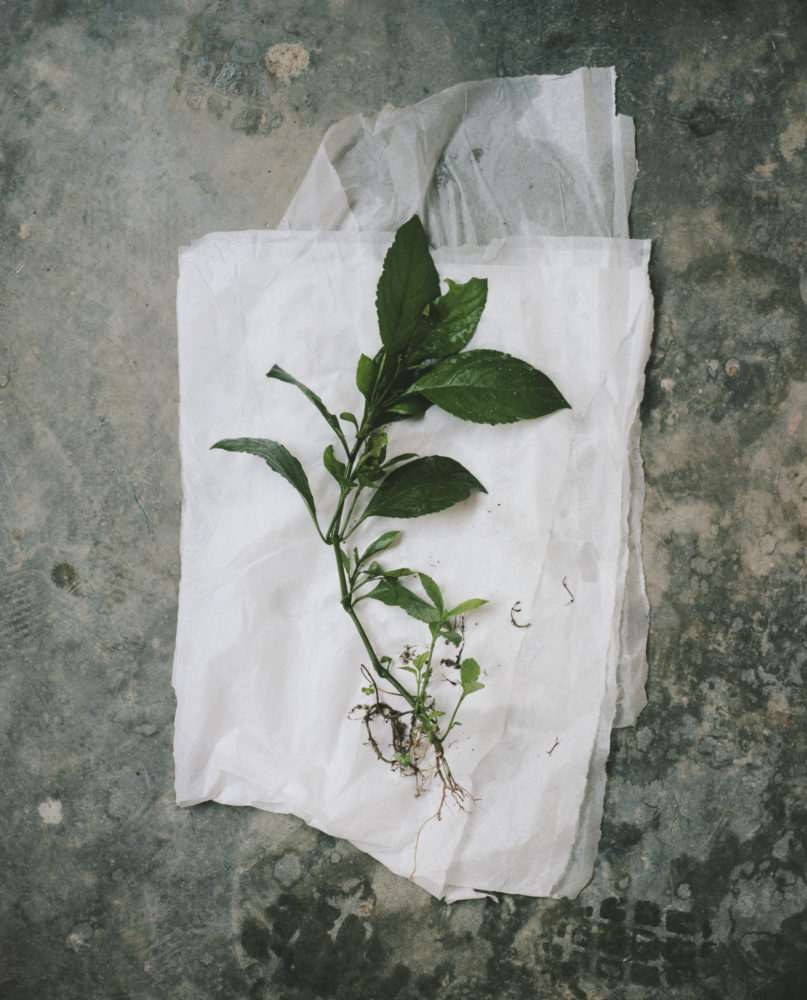 Photo by Boe Marion, courtesy of Angel Chang.
Photo by Boe Marion, courtesy of Angel Chang.







